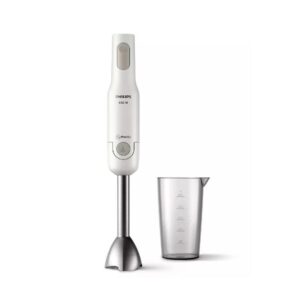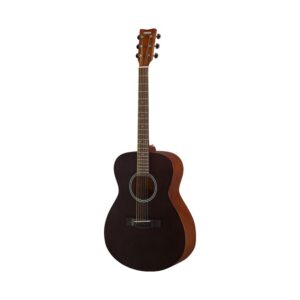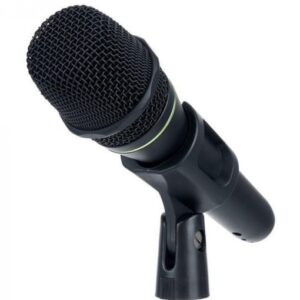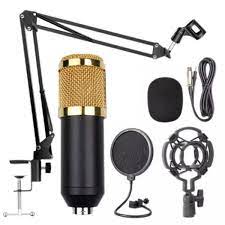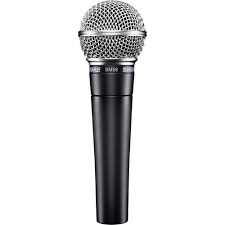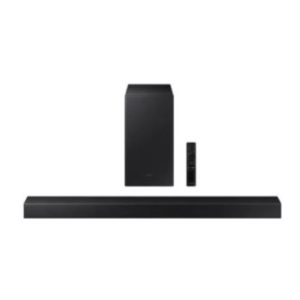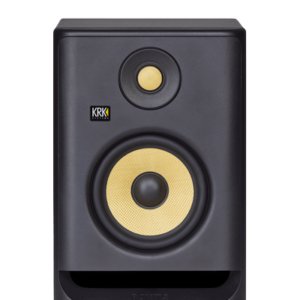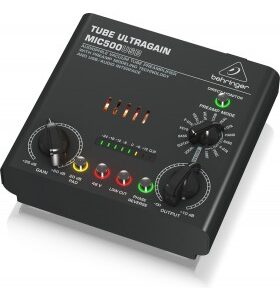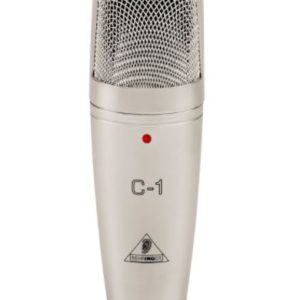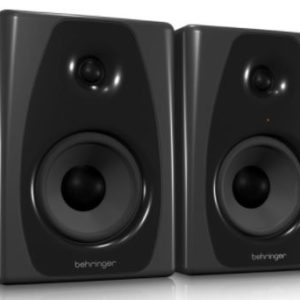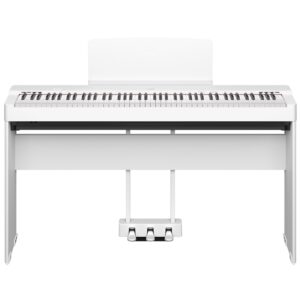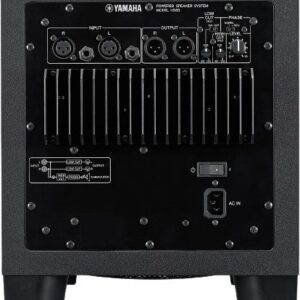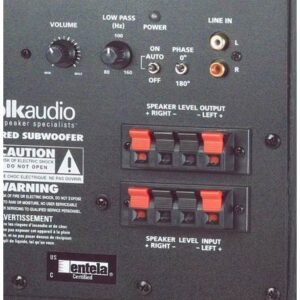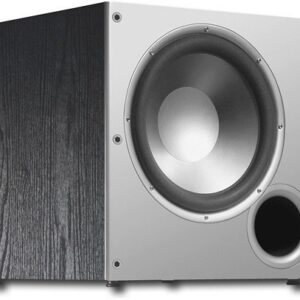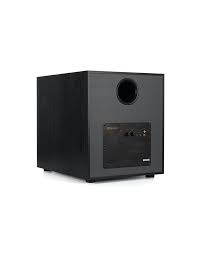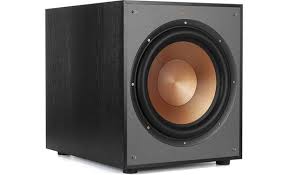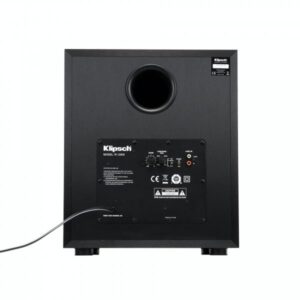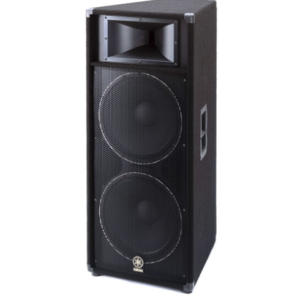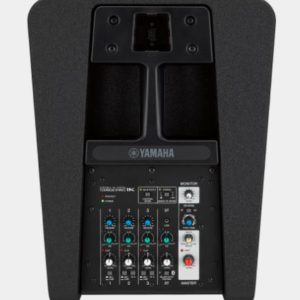Total: ₨1,278,496.00
Product Description
As you can imagine, a floor standing speaker at this price has to be quite light and this one definitely is. I can easily lift it as it weighs less than many bookshelf speakers. What a marvel of cost optimization:
Yes, my system area is dusty. Do you want more reviews or clean listening room???
This is a 2-way speaker with two passive radiators to improve bass response.
Measurements that you are about to see were performed using the Klippel Near-field Scanner (NFS). This is a robotic measurement system that analyzes the speaker all around and is able (using advanced mathematics and dual scan) to subtract room reflections (so where I measure it doesn’t matter). It also measures the speaker at close distance (“near-field”) which sharply reduces the impact of room noise. Both of these factors enable testing in ordinary rooms yet results that can be more accurate than an anechoic chamber. In a nutshell, the measurements show the actual sound coming out of the speaker independent of the room.
I performed over 1000 measurement which resulted in error rate of about 1%.
Reference axis was the tweeter center. Grill was not used.
Polk T50 Measurements
Acoustic measurements can be grouped in a way that can be perceptually analyzed to determine how good a speaker is and how it can be used in a room. This so called spinorama shows us just about everything we need to know about the speaker with respect to tonality and some flaws:
I expected the response to be horrific but it is not that bad. Yes we have a peak around 1 kHz and then shelving up of the highs which is a requirement for “showroom selling” against its competitors which boost the heck out of that region.
Hard to see the sources of the uneven response from near-field measurement:
I guessed that the peaking at 1 kHz may be due to passive radiators resonating. The math is too complex to visually confirm though.
Early window frequency response shows vertical directivity messing with overall sum:
As noted — and it is how I have my room — use a thick carpet. That should be a nice absorber from 1 kHz up which we need to fix that trough and extra high frequency energy. High ceilings help to reduce the impact of bounce in that direction. Or you can stick an ugly absorber up there.
Predicted in-room response is not super smooth:
The effect of elevated treble is obvious. But that peak at 1 kHz followed by slight dip, not so much.
Edit: forgot to include distortion graphs:
Horizontal beam width is again, not too bad if we don’t try to be too critical:
Vertical directivity gets worse if you sit below tweeter so tilt the speaker forward if that is the case:
Impedance is the typical 4 ohm or so:
Tons of resonances are visible likely due to think cabinet and who knows what else.
Polk T50 Listening Tests and Equalization
I must say, first impression was not bad at all. Unlike just about any bookshelf speaker, the T50 is able to handle tons of power and gets quite loud and dynamic with little evidence of stress. Throwing difficult sub-bass material at it didn’t impact it since it simply doesn’t try to play them (its bass response has a sharp cut off). Yes, there is a bit of brightness but judging that is often problematic as you don’t know the content’s spectrum and lack a frame of reference.
Best way to determine audibility of frequency response is to try to straighten it and see if you like it better. That is precisely what I do with EQ:
Ignore the first dip as that is for my room. Without it, there is enough bass activation to make the sound a bit boomy. The rest of the filters thankfully are mostly reduction which help with distortion as well. With all of them in place, the difference was not night and day but enough to make the T50 very enjoyable to listen to. Call me surprised!
Conclusions
Going into this review I expected the T50 to be junk. It did not turn out that way. It is a miracle of engineering and manufacturing to get a floor standing speaker in my hands for just $149 and have it not be broken. Objectively there are some issues but somehow subjectively, it seems less flawed. With a bit of EQ, it improves even more to a proper “hi-fi” class. Despite cheap bookshelves, the T50 is able to produce lots of volume and dynamics which I really value and enjoy.

